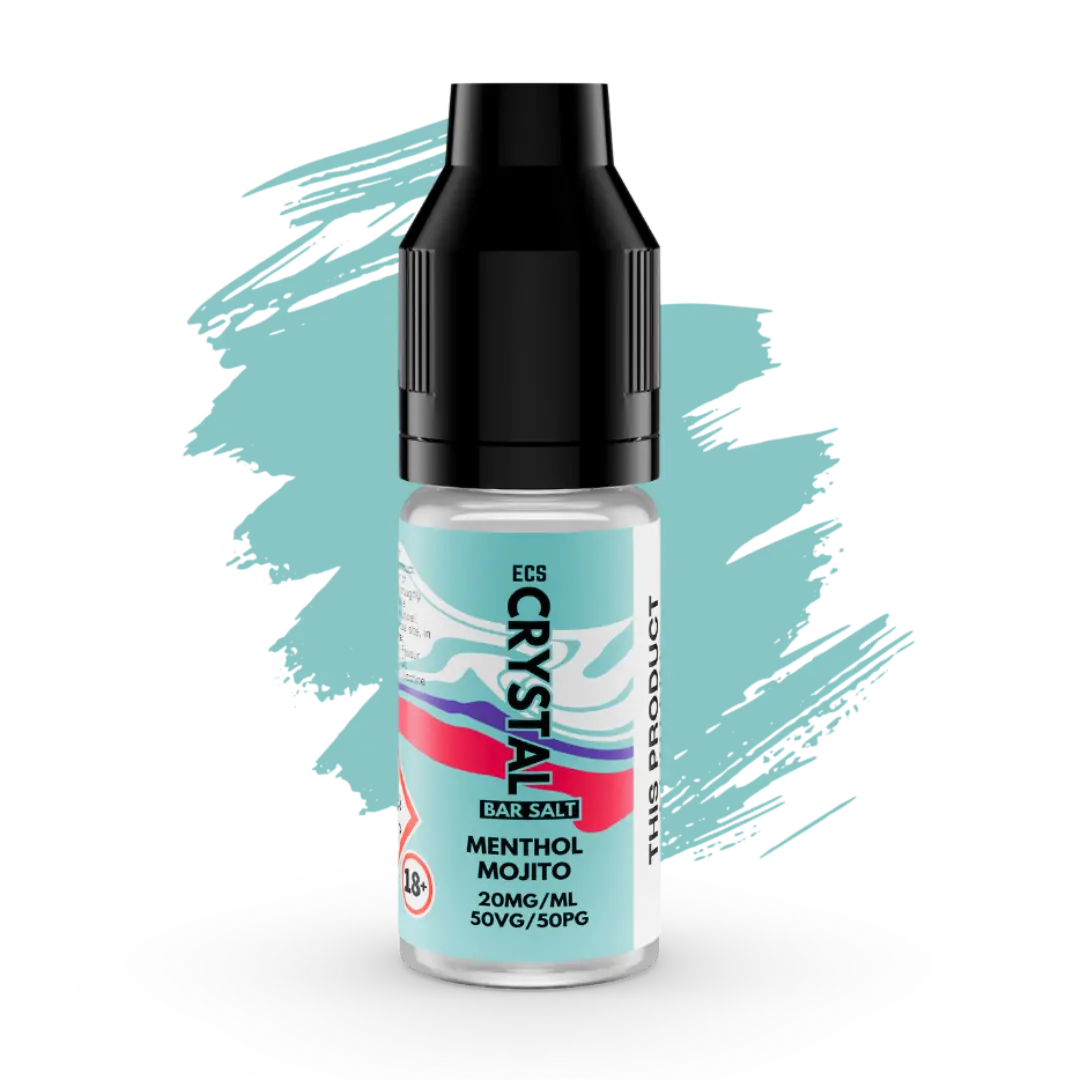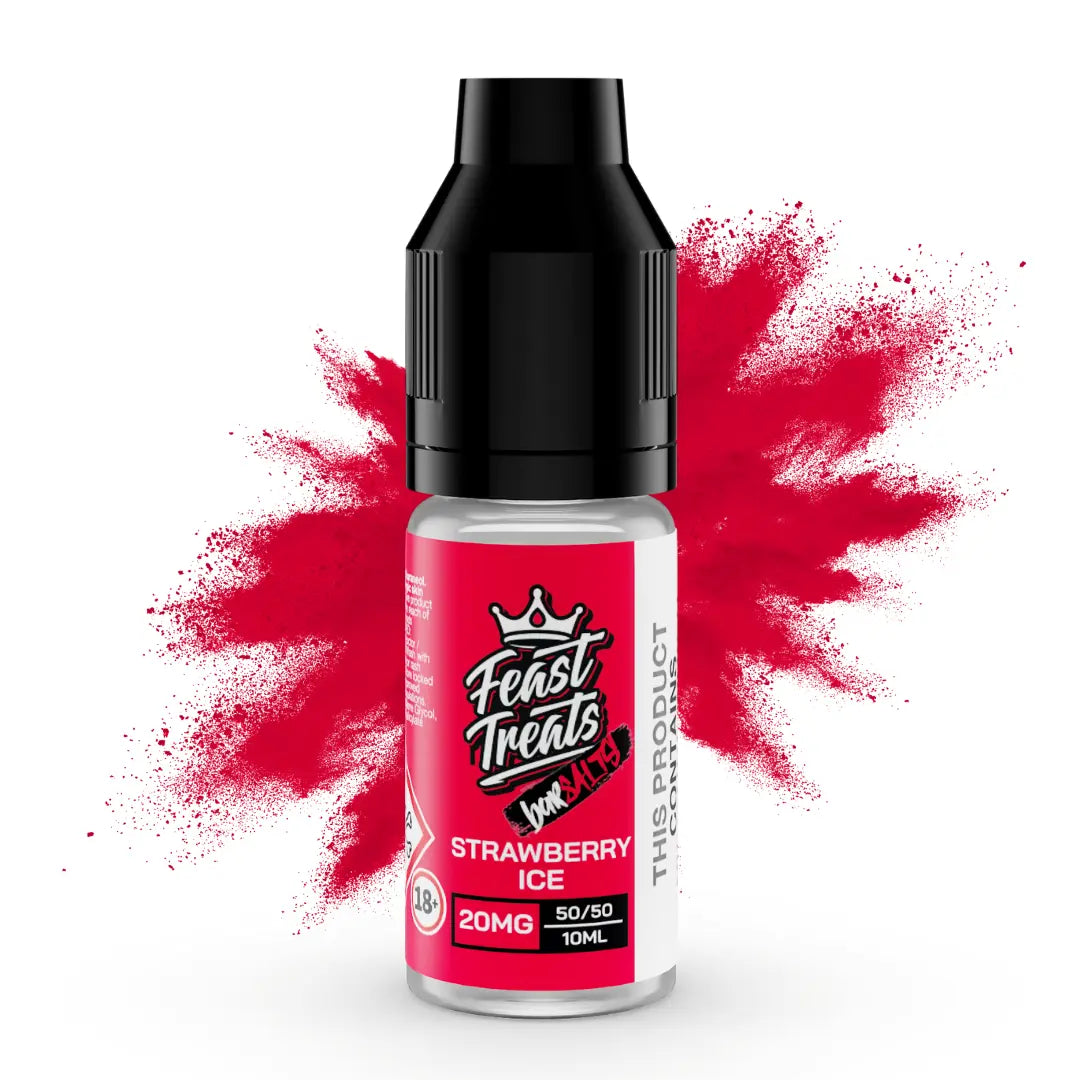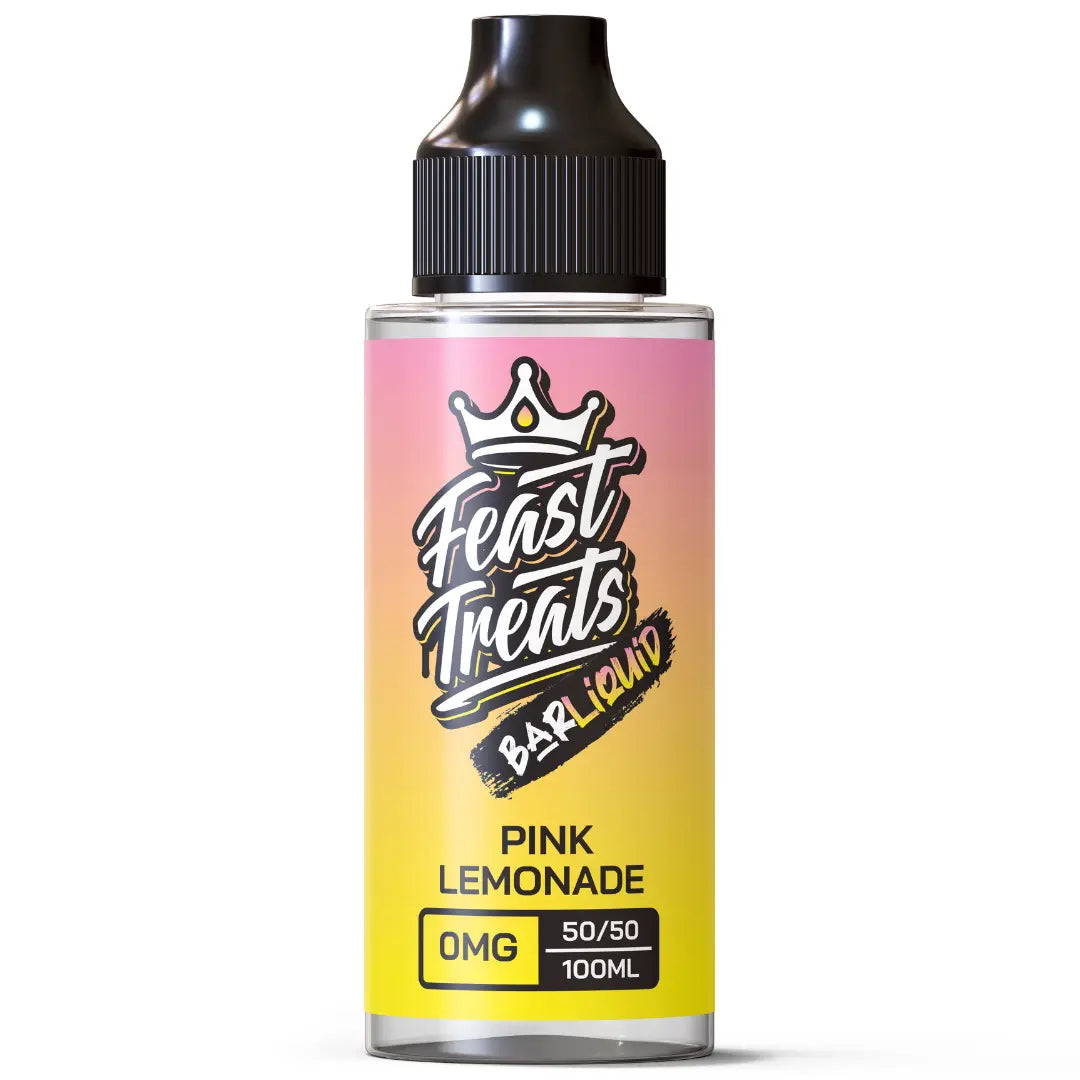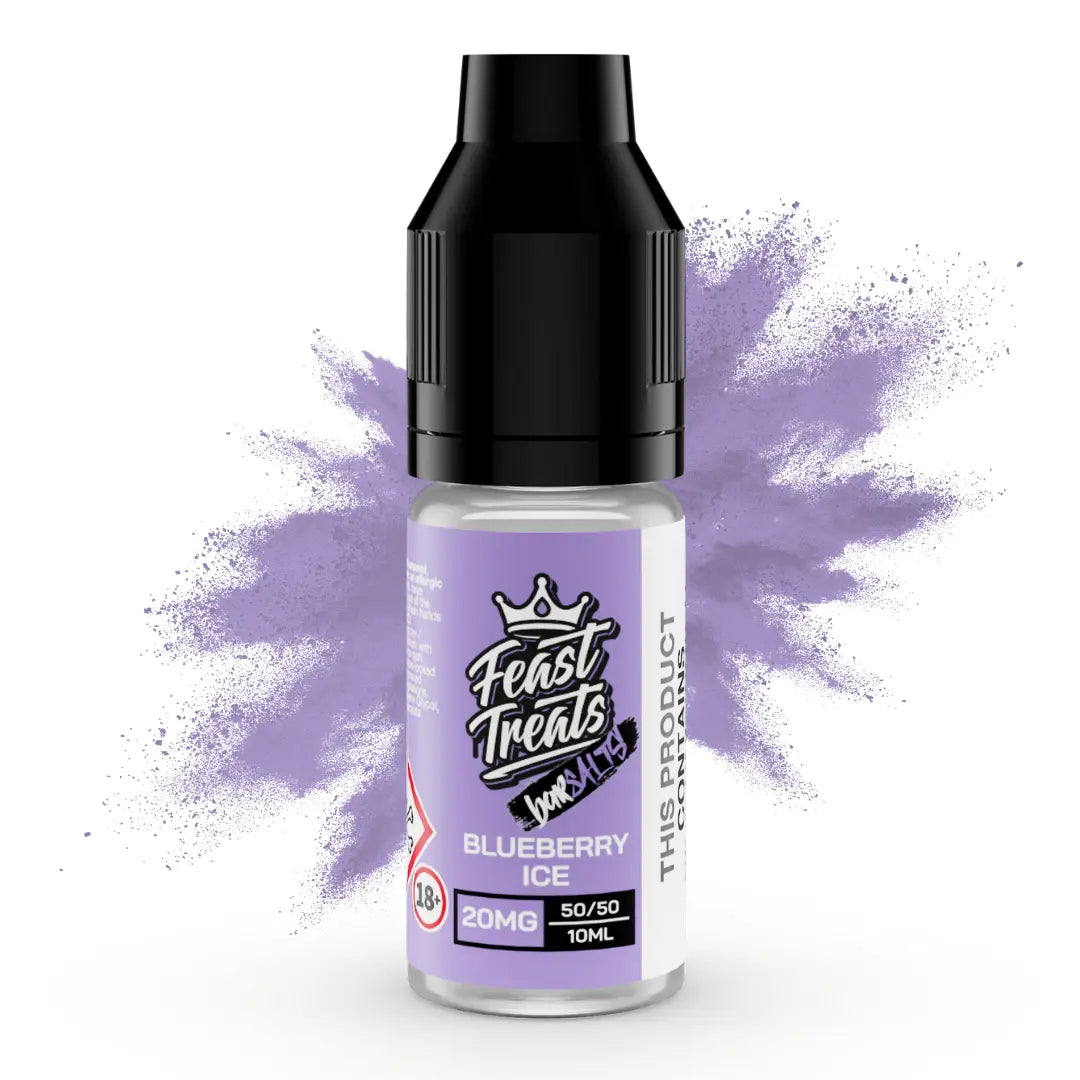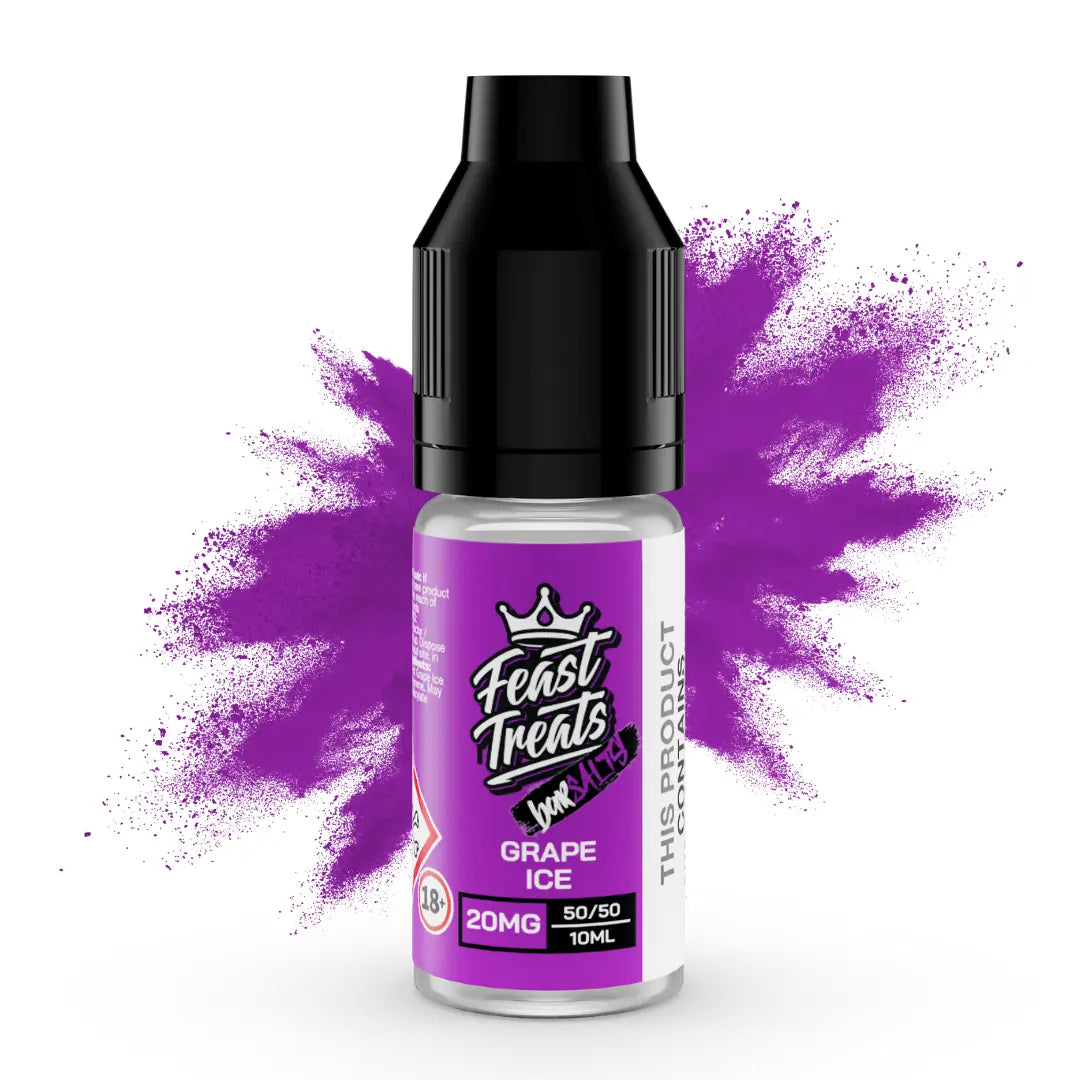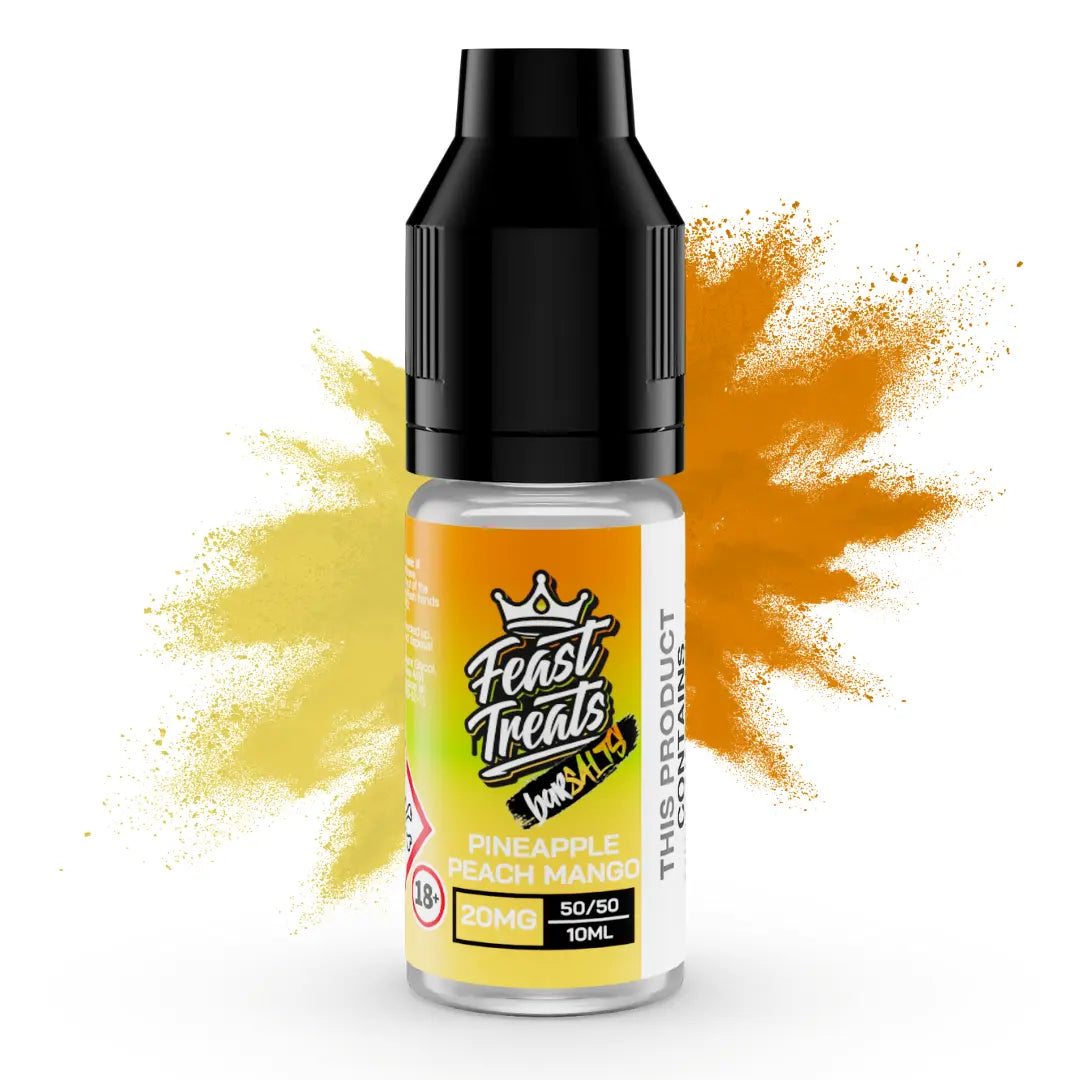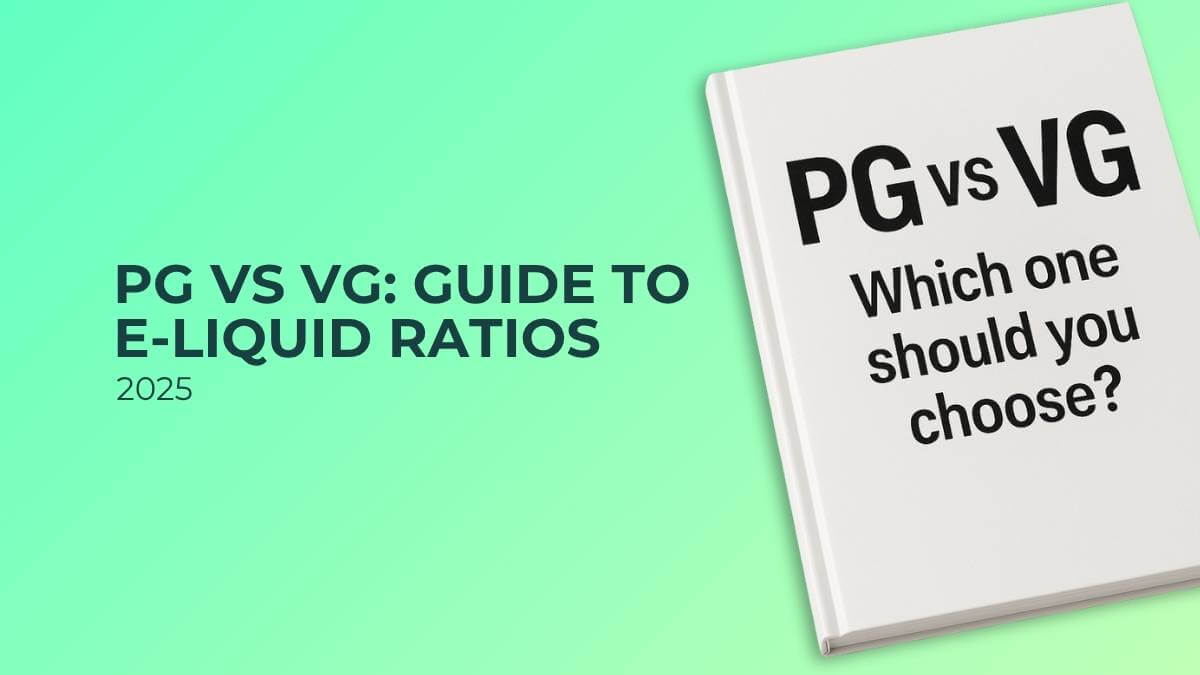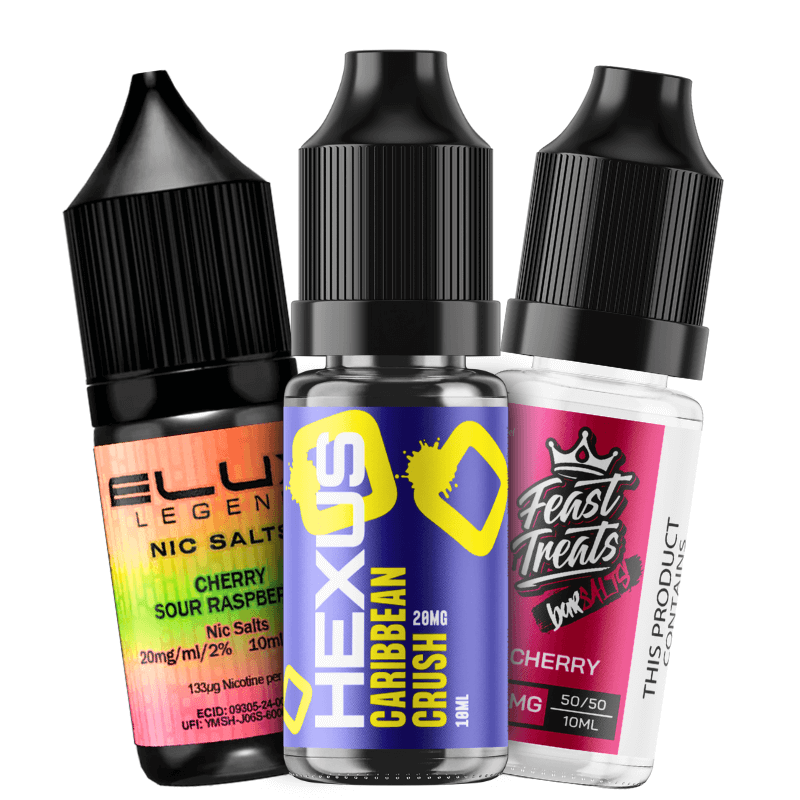If you’re new to vaping, one of the first things you’ll notice when looking for e-liquids is that they often list something called VG and PG. You might be thinking: What are VG and PG? What do these terms mean, and why do they matter when choosing your vape juice?
In this blog, we’ll break down the PG and VG meaning, explain the difference between PG and VG, and help you decide which blend is right for you. By the end, you’ll know how these two ingredients affect your vaping experience.
PG and VG Meaning
Let’s start with the basics. PG stands for Propylene Glycol, and VG stands for Vegetable Glycerin. These are the two main base ingredients used in almost every vape juice. They make up the bulk of the liquid, with flavourings and (if chosen) nicotine added on top.
PG and VG behave differently when heated and vaped, which is why you’ll see e-liquids described as having different PG/VG ratios.
What is PG?
Propylene Glycol (PG) is a thin, colourless liquid with no odour. It has a slightly sweet taste, though this is usually masked by flavourings in vape juice.
PG is widely used outside of vaping, too. When it comes to vaping, PG is responsible for:
-
Carrying flavour – PG is great at absorbing and providing flavour, which means e-liquids with higher PG often taste stronger.
-
Throat hit – PG provides the familiar “kick” at the back of your throat that mimics the sensation of smoking a traditional cigarette.
-
Thinner consistency – Because PG is runnier, it wicks more easily into the cotton inside vape coils, especially in smaller devices like pod kits.
What is VG?
Vegetable Glycerin (VG) is a thicker, naturally sweet liquid derived from vegetable oils.
In vaping, VG is used for:
-
Cloud production – High VG e-liquids create bigger, denser clouds, which is why they’re popular among sub-ohm vapers.
-
Smoother inhale – VG reduces throat hit, making the vape feel smoother and less harsh.
-
Thicker consistency – Because VG is heavier, it works best in more powerful vape kits with larger coils designed for thicker liquids.
Difference Between PG and VG
Now that we’ve covered what each liquid does, let’s look at the difference between PG and VG side by side:
|
Feature |
PG (Propylene Glycol) |
VG (Vegetable Glycerin) |
|
Consistency |
Thin, runny |
Thick, syrupy |
|
Flavour strength |
Stronger flavour delivery |
Milder flavour |
|
Throat hit |
Strong, cigarette-like |
Smooth, gentle |
|
Clouds |
Smaller clouds |
Bigger clouds |
|
Best for |
Mouth-to-lung vaping, starter kits, smokers switching to vaping |
Direct-to-lung vaping, sub-ohm kits, cloud chasers |
The balance of PG and VG affects how your vape tastes, feels, and performs.
Common PG/VG Ratios Explained
Most vape juices aren’t 100% PG or VG – instead, they’re blended in different ratios. Here are the most common ones:
50/50 E-Liquids
-
Equal parts PG and VG.
-
Great for beginners, as they offer a balance of flavour, throat hit, and vapour.
-
Designed for use with smaller kits and pod systems.
High VG (e.g., 70/30 VG/PG)
-
More VG than PG, meaning thicker clouds and a smoother inhale.
-
Perfect for sub-ohm kits and more advanced devices.
-
Requires coils with larger wicking holes to handle the thicker liquid.
Choosing the Right PG/VG Ratio for You
Deciding on the right balance depends on your priorities:
-
Want stronger flavour and throat hit? Go for a higher PG ratio.
-
Want smooth inhales and big clouds? Choose high VG e-liquids.
-
Not sure yet? Start with a 50/50 blend and adjust from there.
If you’re brand new to vaping, we recommend pairing a 50/50 e-liquid with a simple starter kit. This way, you can see what you prefer before experimenting with more specific blends.
How PG and VG Affect Devices
Your choice of PG and VG also impacts which vape kit you should use:
-
High PG liquids: Best for starter kits and pod systems with coils above 1.0 ohm.
-
High VG liquids: Best for sub-ohm vape kits with coils below 1.0 ohm.
-
50/50 liquids: Versatile and compatible with most beginner-friendly devices.
Using the wrong liquid for your kit can cause problems. For example, thick VG liquids in a small pod system may clog the coil or lead to dry hits. On the other hand, thin PG liquids in a high-powered sub-ohm device may leak or feel too harsh.
PG and VG Safety
A common question is whether PG and VG are safe to inhale. Both ingredients are considered safe for human consumption. While some vapers may experience minor sensitivity to PG (such as a dry throat or mild irritation), most people vape comfortably with no issues.
FAQs About PG and VG
What is VG and PG in vape juice?
VG (Vegetable Glycerin) and PG (Propylene Glycol) are the base ingredients in vape juice. They create the vapour, carry flavour, and influence throat hit and cloud size.
Can I mix my own PG and VG?
Yes, DIY e-liquid makers often mix their own ratios. However, most vapers find it easier to buy ready-made blends like 50/50 e-liquids.
What happens if I use the wrong PG/VG ratio?
Your vape may leak, taste harsh, or produce less vapour if the PG/VG blend isn’t matched to your device.
Which is better – PG or VG?
Neither is ‘better’ overall – it depends on your preferences. PG gives more throat hit and flavour, while VG gives smoother inhales and bigger clouds.


